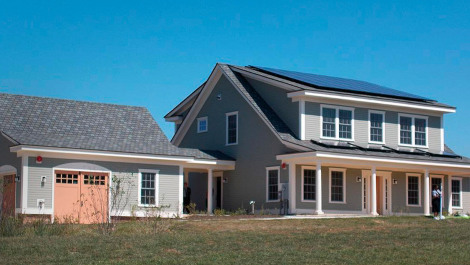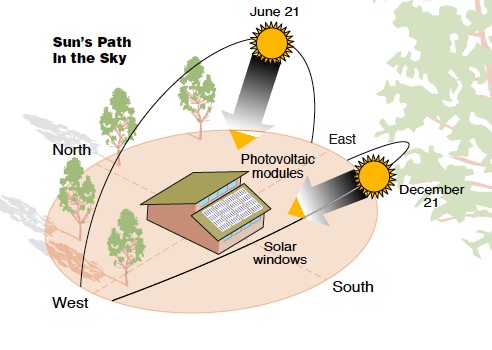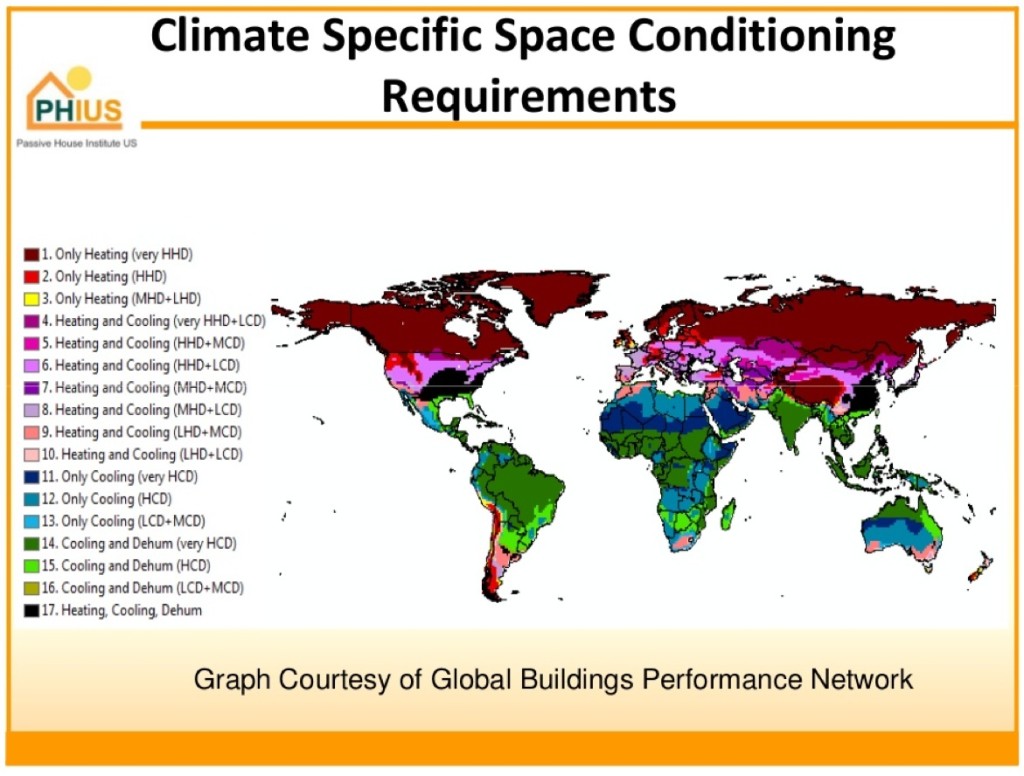Every day, Net Zero Energy buildings make the news. Homeowners, commercial building owners, developers, architects and builders are all becoming more aware of the potential of Net Zero Energy buildings. And every day, there are more resources on design specs, products, and innovative ideas to make net zero a very desirable reality. It is now easier than ever to get to net zero.
When it comes to planning and designing a net zero home, it might be easy to get caught up in the technology—from ERVs to PV Systems to R-Values—and these are all very important pieces to the Net Zero puzzle. However, while technology can sure be new and sexy, siting your home is one of the most important and effective ways to achieve net zero.
Also keep in mind that if a site is not optimal for solar PV, it still can be utilized for a Zero Energy Home especially if the home is oriented and designed for passive solar. You can then purchase renewable energy from your utility (if available) for a few cents more. This path to Zero Energy is available on every site where power companies offer a renewable energy option.
Here are some basic considerations when siting your home.
Solar Orientation
A Net Zero Home utilizes key elements of passive solar design—utilizing the free energy from the sun to provide a portion of heating and lighting. Since the sun’s path in the northern hemisphere passes through the southern sky, passive solar homes are designed to maximize southern exposure.
In northern (colder) climates, the long axis of the home should run in an east-west direction, allowing for maximum solar gain on the south facing side. Knowing this, if you are searching for a site, particularly in a more suburban or urban setting, look for a lot that has an adequate south facing side. It makes no difference if the solar portion of the house is the front, back or side; what matters is that the home is placed on the lot so that the solar portion is as close to due south as possible. This will also allow for an adequate solar photovoltaic system on your roof.
In southern (hot) climates, where cooling capabilities are more important than heating, the long axis could very well be designed to run in a north-south direction. This all depends on your particular site and situation. Net Zero homes in warmer climates may also benefit from having more trees or landscaping to help shade and cool your home.
A full solar analysis is recommended when assessing a site, and many solar companies provide this service. Using a shade analysis tool, they can determine the total solar energy available for the site.
Climate and Micro-Climate
In the U.S., we have a wide range of climates, from the arid and hot Southwest desert to the cool and maritime Pacific Northwest. A house designed for construction in Tuscon, Arizona will probably not function as well if it were picked up and moved to Seattle, Washington. Each region has different requirements for heating and cooling, ventilation, moisture control, exposure, shading and insulation. Therefore, it is important that each specific site be thoroughly investigated to answer the following questions:
- In colder northern climates, are there prevailing winds that might inhibit heating your home in the winter?
- In hotter or more tropical climates, are there cooling breezes that might help cool your home at certain times? What would be the optimal siting and orientation for cooling cross ventilation?
- Are you in a largely cloudy (darker) climate or more sunny (brighter) climate? How might this affect your electrical lighting needs?
- Do you live in a humid or dry climate? What needs to happen to ensure that moisture is controlled in your home?
- What is the range of average temperatures in your climate? Does it get very cold in the winter and very hot in the summer or is it more temperate? Do daily temperatures have a wide range from daytime to nighttime?
In many regions, micro-climates can vary from one neighborhood to another, even if they are only miles apart. Sometimes a small change in elevation can affect temperatures and wind patterns in a region.
Final Considerations
So, you’ve done your research and have confidence in knowing what to look for. But have you overlooked the obvious?
Your site should be free of immovable obstructions such as neighboring buildings or homes, trees or landforms that could interfere with solar access. Take a look at your property’s or your neighbor’s trees. Will they grow so big that they might eventually block the sun from shining on your solar panels?
What are the chances that a neighbor might build a tall home or add a second story to his home? Would this affect your passive solar gain or photovoltaic potential? Be sure to ask about zoning requirements or restrictions to ensure that future developments won’t interfere with your solar siting. The last thing you want is a surprise that a multistory apartment complex is being built next door.
Taking the time early on in the siting and design process will help you set a good foundation for building your Net Zero Energy home! For more information, see our page on Zero Energy Home Design page.




Barkat says:
Hi I visited your site. Very nice information for zero energy. Iam happy. Iam interested this projact.
Thank you so much.